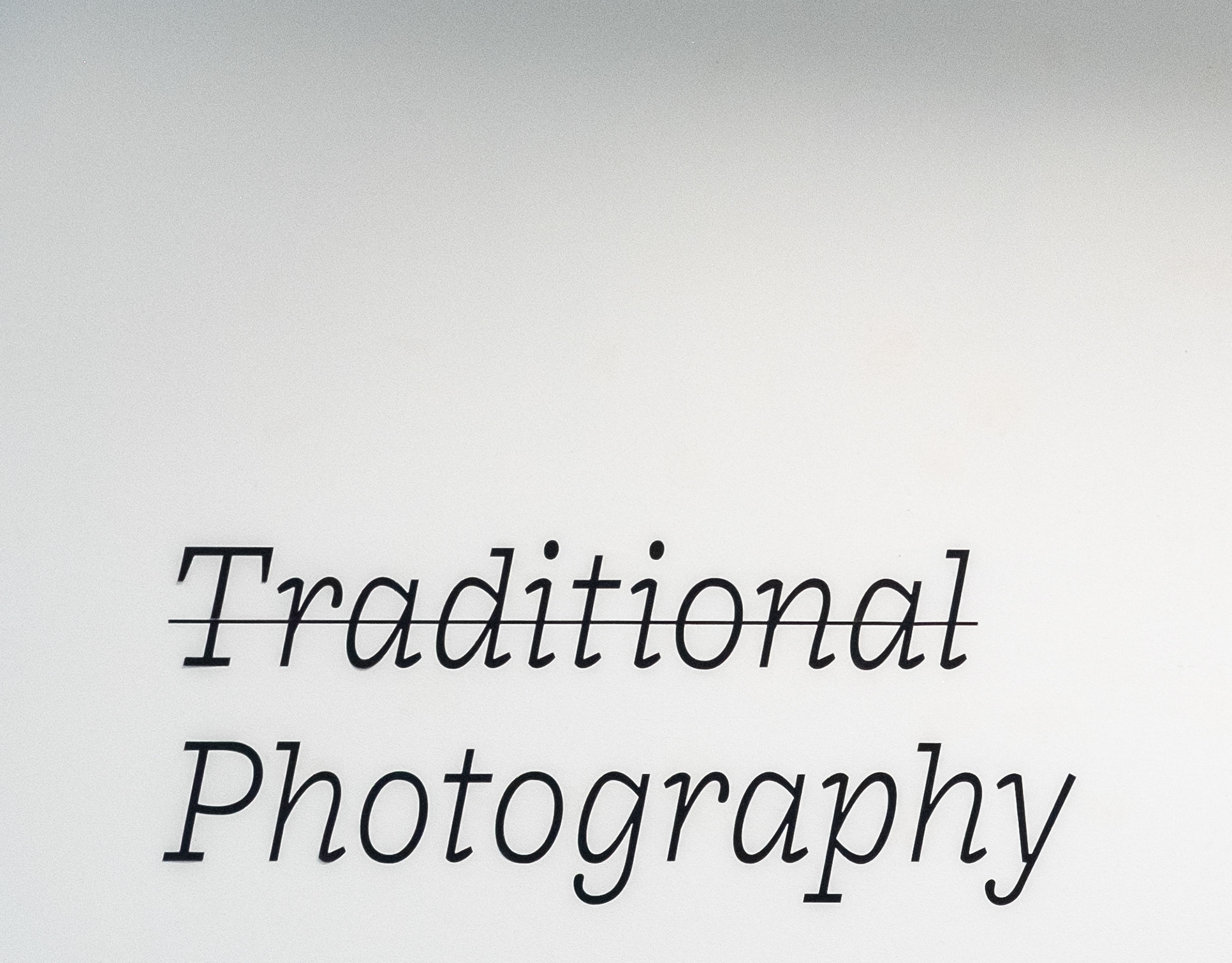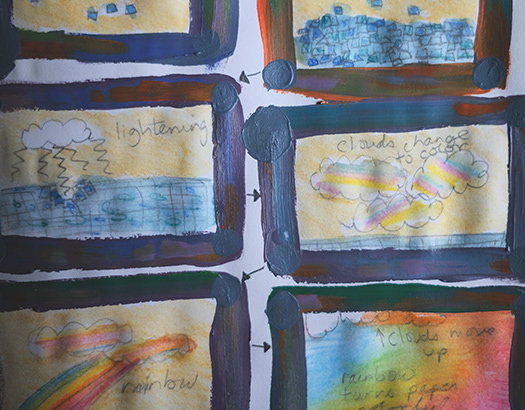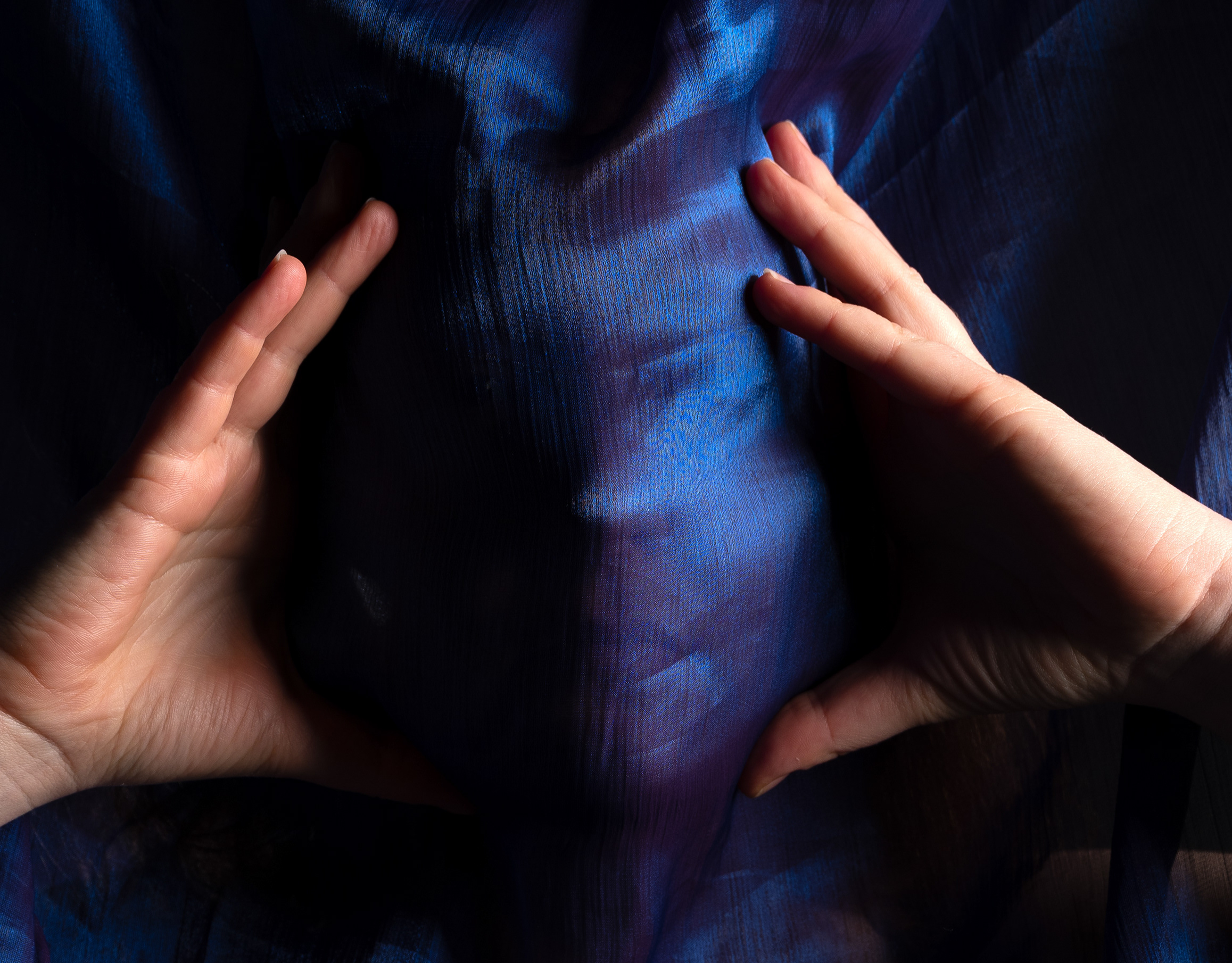reflecting portal is interactive, atmospheric, something to be experienced in the moment
I’m inspired by artists who use space, like James Turrell and Christo + Jeanne-Claude, thinking three-dimensionally. I wanted to create a physical structure for people to experience, to transport to another time and place, simultaneously exploring being present and connected to myself during the act of making.
In China, Wu Tao-tzu painted “a glorious landscape, with mountains, forests, clouds,
birds, men, all things / as if in nature.” Then he “opened a door in a mountain’s side and
disappeared into his painting. / Then the painting, too, faded away” (Weishaus, 2).
birds, men, all things / as if in nature.” Then he “opened a door in a mountain’s side and
disappeared into his painting. / Then the painting, too, faded away” (Weishaus, 2).
Weishaus, Joel. “Being Earth: The Culture of Nature in a Post- Holocene World.” Rhizomes: Cultural Studies in Emerging Knowledge, no. 38, Jan. 2022, pp. 75–100.doi:10.20415/rhiz/038.e05. http://rhizomes.net/issue38/weishaus.html.
Interactive art that started as textile waste, naturally dyed, screen-printed with natural home-made 'inks' made of mordant and tannins, re-dipped in dye pots to activate the screen-print, then sewn together to create a physical portal. Designed to be experienced with the sunlight illuminating the interior pattern covering the entirety of the fabric.
I was inspired by the concept of a journey into a physical space and creating an inner contemplation, as in James Turrell’s ‘Dark Spaces’ works where viewers are encouraged to investigate perception within darkness. I wanted to create an “aesthetic experience” similar to how Turrell digs into “feelings and how emotions are created, molded, and felt” with his portal spaces created using light (Kang, 3). With reflecting portal I intend to awaken a piece of childhood, a calming connection to nature, in the simplicity of intimate solo space.
Kang, Sso-Rha. “The Mood of Nothing: Depictions of Extraordinary Banality.” 2016. University of Cincinnati, Master's thesis. OhioLINK Electronic Theses and Dissertations Center, http://rave.ohiolink.edu/etdc/view?acc_num=ucin1459440057.
Sara Caldas writes about the power of color in the book, Palette Perfect. “Yellow is a flash of light that goes into our brains and clears the clutter in our heads” (Caldas, 90). It is known as an uplifting color which “unveils that which is hidden in the dark and has, therefore, connections to curiosity and wisdom” (Caldas, 90).
Caldas, Sara. Palette Perfect for Graphic Designers and Illustrators. Hoaki Books, S.L., 2021, Barcelona Spain.
fiery portal, photography montage, duotone digital pattern cell rendering, 16” x 13”
This photo montage was used for the repeat pattern covering the fabric. It consists of images taken on nature walks in the otherworld that is Juan de Fuca Provincial Park on Pacheedaht Territory. I’m continuously grateful for the Pacheedaht people who have stewarded the land since time immemorial. The center of the image is a tidal pool with a shell and hermit crabs. Spindly ferns were placed digitally in the tidal pool. The top and bottom of the image include repeating images taken of carpeted roots of surrounding trees entangling the trails near Mystic Beach.
reflecting portal, upcycled cotton, natural dyes (marigold, gallnut, iron, tannins), technical fabric footprint, copper pipe, 50” x 62”
Portal Flag, upcycled silk, natural dyes (marigold, gallnut, iron, tannins), acrylic green, 26" x 19"
My portal work was created while connecting with the natural fibers and colors, experimenting and working with the materials in lengthy processes, to then retreat into the portal itself. This project allowed slowness, meditation and reflection.
There is no ‘all natural’ way to produce art as we are interacting with nature and destructive in our actions. Using the green acrylic within the context of an ‘all natural’ artwork is an intentional statement on the impact and complex interactions of humans in nature.
“There is no description of nature that is not a way to a more complex level of knowledge” (Weishaus, 13).
Weishaus, Joel. “Being Earth: The Culture of Nature in a Post- Holocene World.” Rhizomes: Cultural Studies in Emerging Knowledge, no. 38, Jan. 2022, pp. 75–100.doi:10.20415/rhiz/038.e05. http://rhizomes.net/issue38/weishaus.html.











